Car ownership is a big responsibility and feature-packed modern cars keep them occupied with fancy new technologies that need regular maintenance for optimal performance. As such, it’s easy to forget basic upkeep of things like the tyres which are actually quite important as the only part that actually makes contact with the ground. One particular aspect of tyre care that can be overlooked is tyre pressure. It’s not just about making sure there’s air in all four tyres, but crucially that there is the right amount of air pressure which is specific to your car.
Why is having the correct tyre pressure important?
Ever felt like your car is suddenly heavier to steer or the ride doesn’t feel as smooth? Or your fuel economy is suddenly dropped off with more frequent stops to the bowser? More often than not, it is because of incorrect tyre pressure. Having the correct tyre pressure can help you prevent many short or long term problems. A wrong tyre pressure can negatively impact your car’s overall health.
Here’s a simple and fun guide to help you track down the perfect PSI for your car.
New car tricks?
That fresh car smell and pristine condition is no longer the standard for new cars. Many newer models come with tyre pressure indicators in the driver’s instrument cluster. Some models send alert signals when the pressure drops too low or climbs too high. New high end models also come with an exact PSI reading to help owners understand their car’s exact needs.
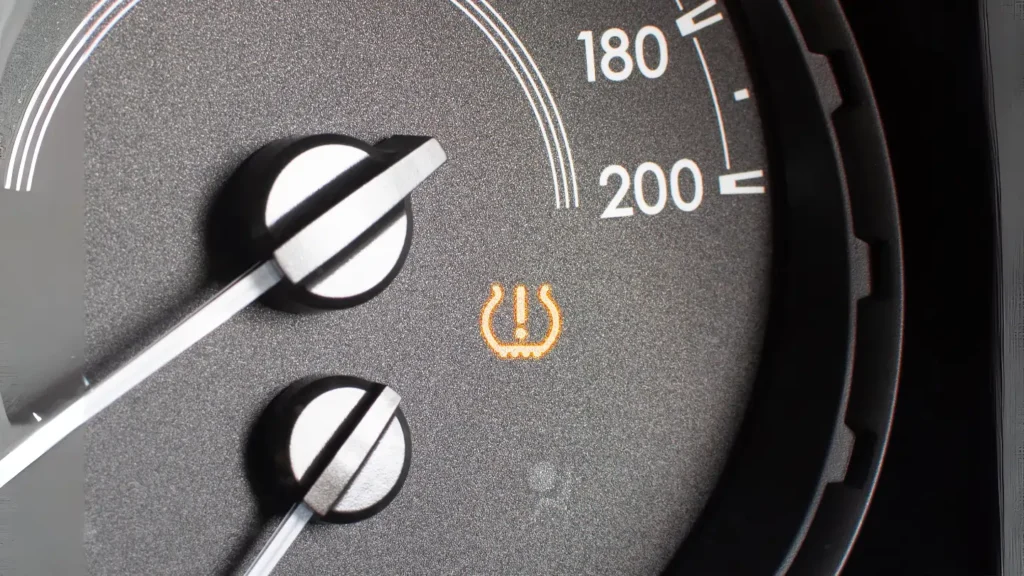
A lawful cheat sheet
The first place to check for the recommended tyre pressures is on the car itself. You can find a sticker on the driver’s door jamb telling you the cold tyre pressure for the front and rear wheels of your car as recommended by the car manufacturer. The sticker would have a header called “Tyre Placard”. Under Australia’s Australian Design Rules (ADR), specifically ADR 42/04, every passenger car sold must have a tyre placard displaying the recommended tyre pressures and relevant tyre specs.
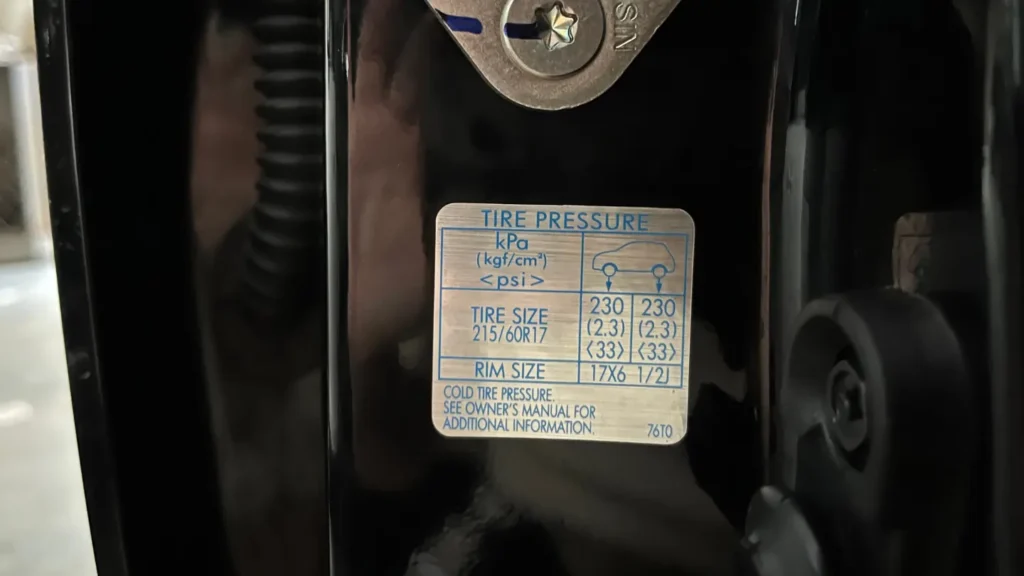
Whip out the owner’s manual
Can’t find the Tyre Placard? Or the print has become unintelligible? That dusty old book stashed in the glovebox is your solution! Owner manuals come with a full list of recommended tyre pressures for your car. The information can help prevent many mishaps and contribute towards fuel efficiency. It can also help you find out manufacturer recommended tyres specifications if you’re looking to get a fresh set, amongst other tips.
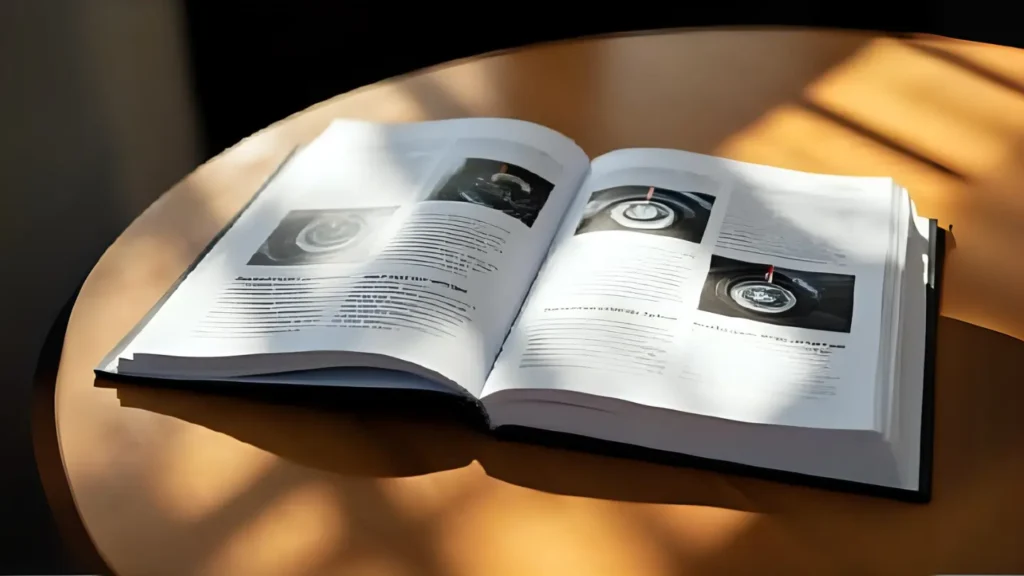
Refueling? Peak inside the tiny door!
Ever checked the tiny writing on the inside of your fuel filler flap? Some manufacturers, especially European car makers, may put tyre pressure information on the inside of this flap. This is because in most European nations, fuel stations are designed for car users to refuel themselves and hence would interact with the fuel filler flap on a regular basis. Top up your fuel and knowledge in one go!
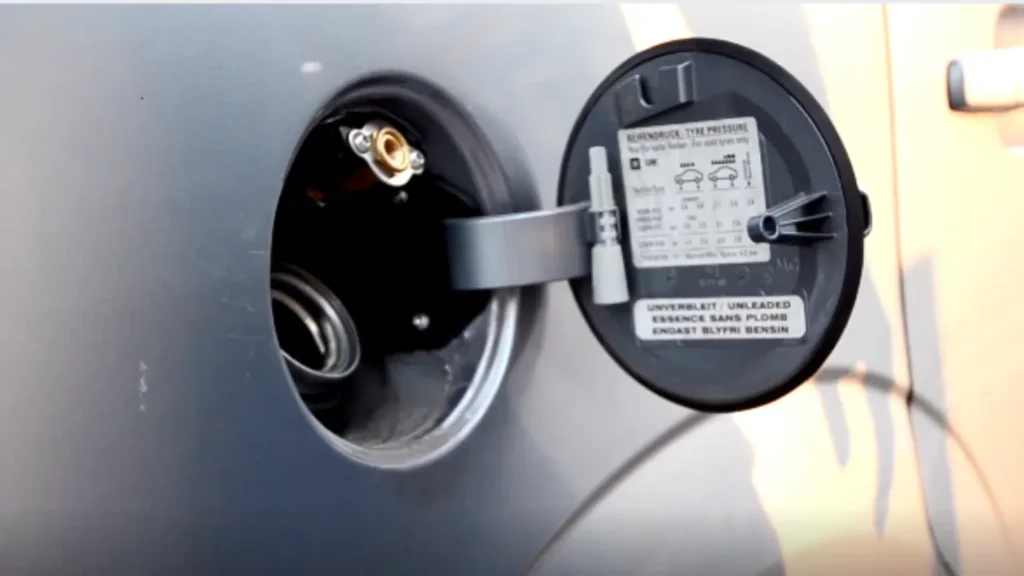
Use online tools
The entire world rests at your fingertips. With websites like Tyrepower and tyremaker sites like that of Bridgestone, you can enter your car’s exact make and model to receive an optimised list of tyre pressures suited for your car. Some apps can also help you track when it’s time to check your tyre pressure again.
Still unsure? Call up your preferred car dealership
Lost the manual placard faded? Call up your preferred dealership to get an accurate insight to the correct PSI for your car. Wondering whether your ute needs more pressure in the rear tyres with a heavy load? They may also be able to advise accurate tyre pressures according to your load and towing needs.

Final Tips: A Walkthrough
Something feels off?
If you notice sudden changes in your car’s functioning – like an unusually bumpy ride or heavier steering, it might be time to check the tyres. Keep in mind your tyres’ health is just as important as your engine or brakes’ wellbeing.
When should you check your tyre pressure?
Checking your tyre pressure is also an art. Tyre pressure must be checked when the tyres are cold, meaning they haven’t travelled more than a few kilometers. Checking them after a long drive leads to a false reading as air usually expands during the ride, due to the heat.
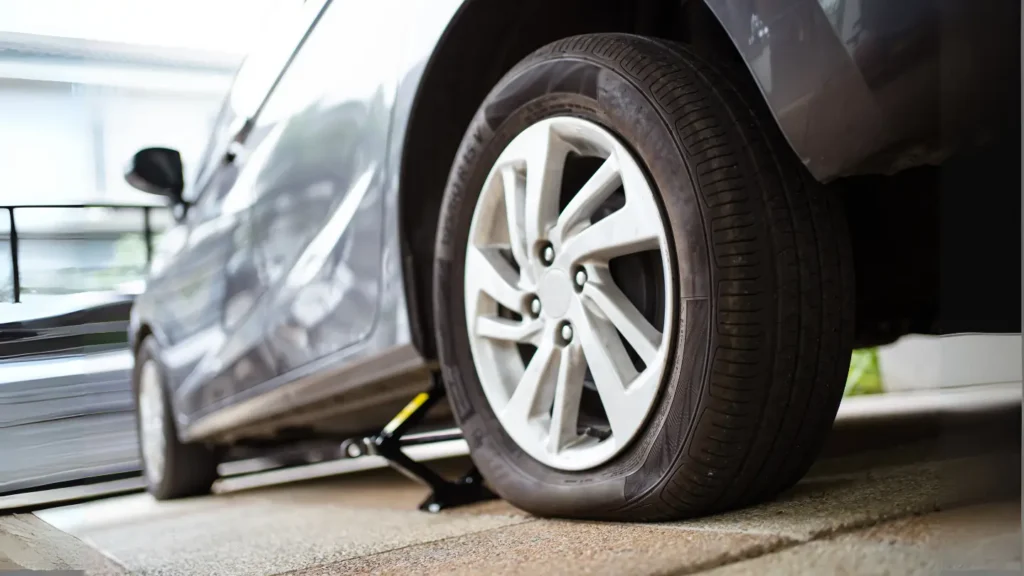
No service centres or pumps around to check your PSI?
Wondering how qualified you need to be to check your tyre pressure? A tyre pressure gauge is the solution. It is small enough to fit even in the glovebox. You should also carry an emergency tyre inflator which won’t take up any notable boot space. It can be a very handy tool for when an immediate action needs to be taken.
In the end, taking precautions to protect your tyre health is much better than to end up with a punctured or blown tyre in a difficult situation.
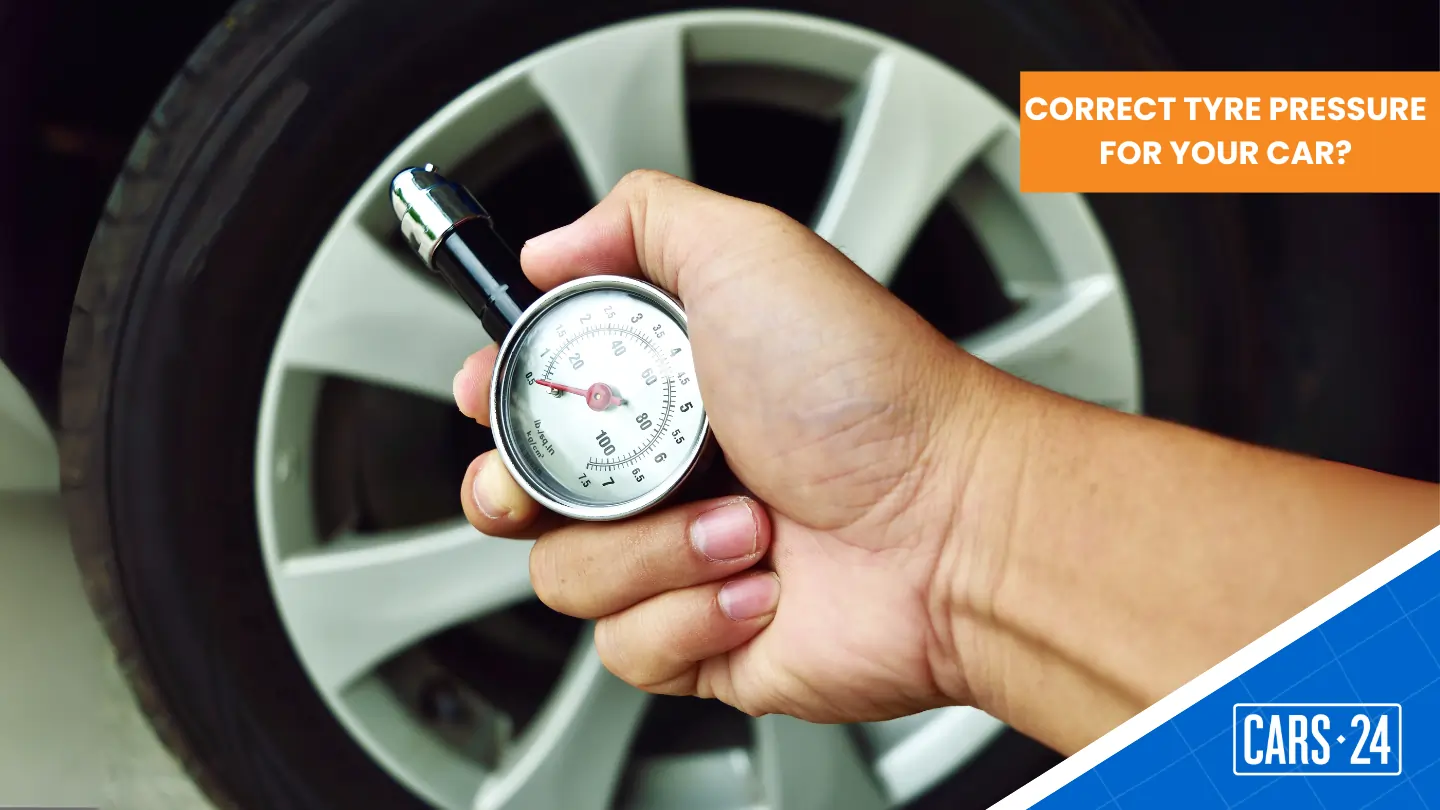
Comments
New Comment